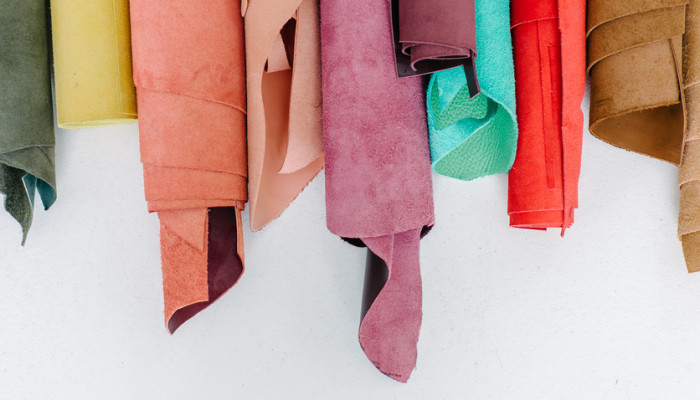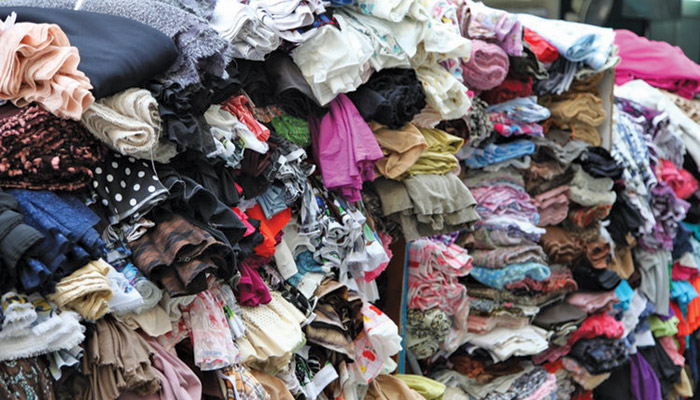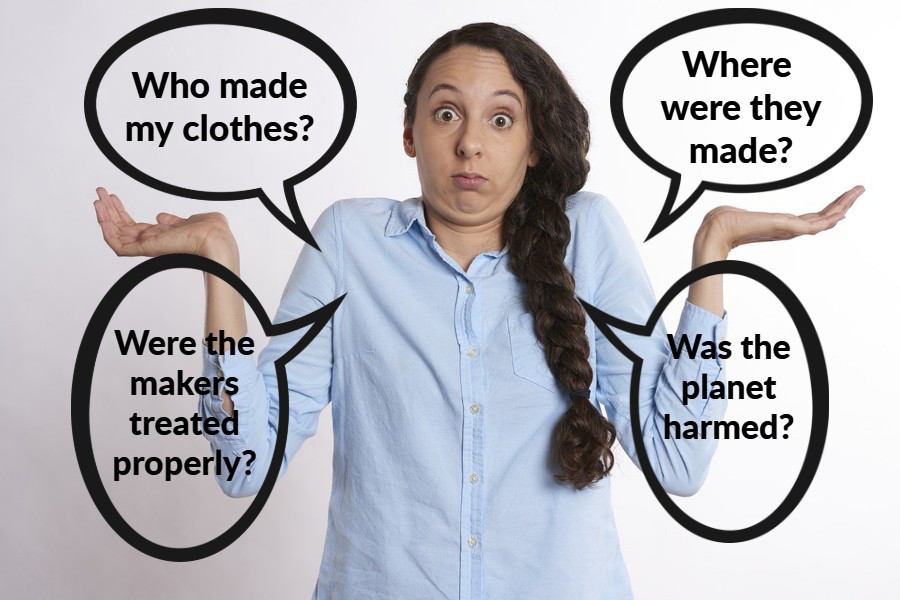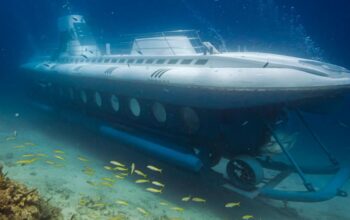Disclosure: As an Amazon Associate I earn from qualifying purchases. This page may contain affiliate links, which means I may receive a commission if you click a link and purchase something that I have recommended. There is no additional cost to you whatsoever.
How can you tell what eco-friendly, green clothing to buy if you feel like it is something you want to do — move toward more green clothes for you and your family?
When you buy green clothing, what may help you to be more clear on what to buy is what you believe in regarding the environment and how you want to help improve it.
You also should understand your loved ones needs for their health and well-being. A third consideration is how much you can afford.
The best way to start out on this venture is to find out more about the types of eco-friendly “green clothing” out there, how they are defined, and what will suit you best.
1. Organic Clothing
One type of green clothing is organic; in other words, these are made from materials that have been grown or produced without chemicals in any way.
This includes any animal products from sheep (wool), silkworms (silk), cashmere (Cashmere goat) or any other fabrics that can be made from animals. (Note: we are not talking about fur here — nor do we wish to!)
Some of those chemicals would include pesticides used for insect control, fertilizers that promote growth, or any additives used during processing or manufacturing. Many of these have been proven to be harmful to humans as well as the environment.

2. Natural Clothing
Another type of eco-friendly, or sustainable green clothes are made from natural fibers, known as natural clothing. This means that the fibers come from materials that will return to the earth at the end of their life cycle.
In other words, they will not leave inorganic residue or un-composted materials, but will completely re-compost through natural decomposition. This includes fibers made from plants and animals.
3. Recycled Clothing
A third type of eco clothing are those items that have been recycled through family reuse, consignment shops, vintage shops, etc., or those that have been broken down back into fiber that will be used in creating NEW fibers and materials, re-crafted into new wearing apparel, and then sold as new.
This is focused on true recycling, which is certainly in our consciousness more and more these days!

Now this is not all so simple, since we must take note of some additional factors that impact the eco-friendly green clothing market, such as how the original fibers are grown, processed, and treated, if there are any chemicals used in those processes.
These additives may have an influence on your choices about exactly what green clothing you want.
Although the USDA has certain regulations on certifying exact conditions for a grower to be “organic,” for growing foods and how the soil has been conditioned for a certain period of time, it does not have any regulations for the land upon which fiber production occurs, including animal products.
The exception to this is cotton, which, since it is a food source (it can produce high protein foods, cooking oils, and the like).
Check the regulations in your country if you have any questions about its standards.
While natural fiber clothes only use fibers that will re-compost, there are still issues that might affect whether you want to purchase them or not.
To think of green clothing on a wider scale, you may want to know how much energy is expended during either the growing or the production cycles of those fibers and the impact on the environment.
For example, to clear land for growing certain fibers, sometimes deforestation occurs, without proper reforestation or land management, which can be devastating to the environment in the long run.
Even though fibers may be grown on organically treated land, this does not guarantee that there are no chemicals used in the actual processing.
Although they may be labeled “natural” or “eco-friendly,” that may just refer to the fact that the fibers can be re-composted, but not regard the processing or manufacturing.
This would still leave you subject to exposure to chemicals. Something to think about!
Recycling is good, as we know, but this would include clothing and fabrics grown, processed, and manufactured in traditional ways, including the use of pesticides, fungicides, fertilizers, and all the varying chemicals used in clothes processing. It would still be considered to be “green clothing” because it has been recycled for further use.
However, it may be what your family needs financially, and can help you save a lot of “green” you might spend otherwise. It is totally up to you. It still helps save the environment by reducing the production of new fabrics and clothing from scratch.
So in your search for the perfect green clothing, be aware of what the types are, how you define “green,” and what best suits your needs.
Green clothing can be fashionable, economic, and better for your health and the environment; it is up to you as to what will work for you.







